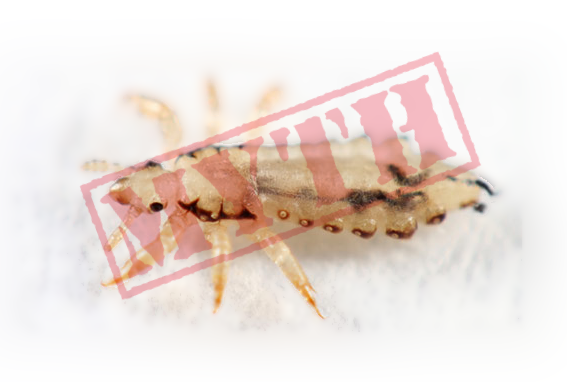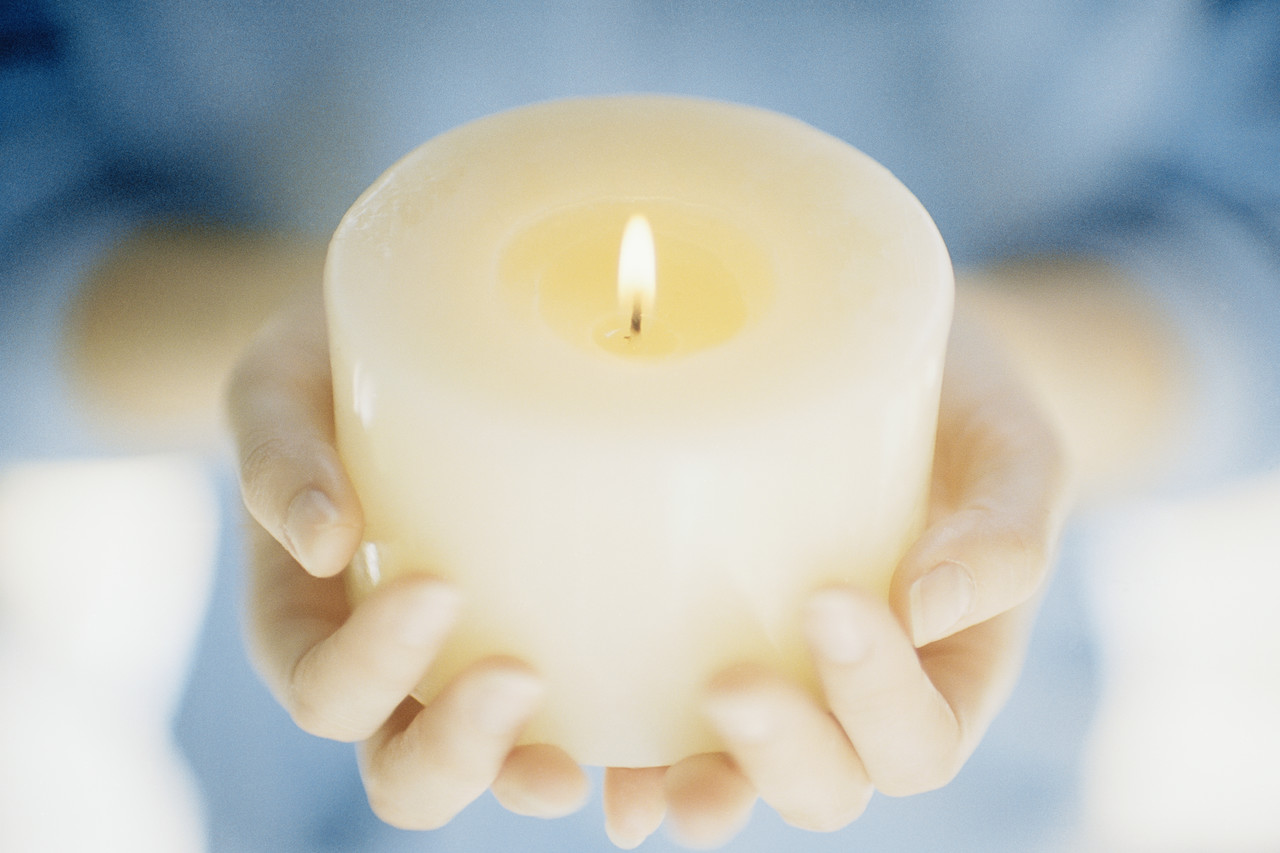
I have to admit, that since I found out that our schools no longer do routine head checks for lice, these little buggers have been on my mind. In my quest for trying to prevent lice this year, I’ve done a ton of research on these little blood suckers, and found some interesting lice myths! Some of these even surprised me…
1. Head lice are highly contagious.
Myth!
I use to think that just being in the same room as a person with lice was enough to get an infestation of your own. However, this is one of the most popular lice myths out there. As it turns out, while lice can be transferred from person to person somewhat easily, they aren’t exactly highly contagious. They are usually contracted through direct head-to-head contact. Although it is possible to contract lice by sharing things like hats and hairbrushes, it’s not as common as most people think. Lice can’t fly or jump and they prefer to stay on a host once they’ve made a home.
2. People with head lice will have an itchy scalp.
Everyone’s body reacts to things differently. Some people itch and scratch like crazy when they have lice, while it doesn’t seem to bother others. Also, a person may not have an itchy scalp in the early stages of a lice “infestation”; it may take several weeks for the scalp to become itchy.
3. Only dirty people get lice.
This is one of the myths about lice that I hope gets dispelled soon. Experts agree that personal hygiene has almost nothing to do with getting lice. So just because someone gets lice doesn’t mean that they’re dirty. In fact, some experts believe that lie actually prefer cleaner hair, since oils on the scalp and sticky hair products can make it difficult for lice to move through the hair.
4. Lice will infest your home.
One of the biggest lice myths that I’ve heard (and believed) was that lice will actually infest your home and live in things like couches, beds, and stuffed animals for days or weeks! That certainly is a scary thought, but it’s not quite true. The truth is, lice can’t live off of a human scalp for more than about 24 hours. So, fumigating your home is unnecessary, as is bagging up your belongings for weeks at a time and scrubbing every inch of your home. Instead, focus on cleaning hairbrushes and washing bedding in hot water. Any items that aren’t able to go in the washer, like pillows and large comforters can be tossed in the dryer to kill lice.
5. Lice can live in hats.
Another common lice myth is that head lice can live in belongings like hats, hairbrushes, and clothes. However, as mentioned above, lice can only live a short time away from their hosts. I wouldn’t recommend sharing hats with someone who has lice, but lice cannot live away from a warm scalp.
6. Pets can get lice and reinfest you.
One of the more common myths about lice is that they can actually live on pets, like cats and dogs. This couldn’t be further from the truth, since lice are species specific—human lice can only live on humans and dogs and cats have their own lice. (Lucky them!) You don’t have to subject poor Fluffy and Fido to dangerous lice eradication chemicals or stressful combing.
7. Lice will make you sick.
They may wreak havoc on your metal health, but you can rest assured that lice most likely won’t harm you physically. There is no evidence that lice spread any kind of disease. The lice killing chemical treatments are probably more dangerous than the lice themselves.
8. Lice shampoo is the only treatment.
The first thing that most people reach for when they have lice is a lice killing shampoo, like Rid or Nix. However, these contain some strong chemicals that some people may have strong reactions to. The good news is that there are also several natural lice treatments that you can use to get rid of lice. Depending on who you ask, things like vinegar, tea tree oil, mayonnaise, and alcohol can kill lice naturally. The best chemical-free way to get rid of lice, though, is slathering the hair with conditioner and manually removing live bugs and nits (eggs) with a fine toothed metal lice comb.
9. Lice shampoo kills all of the lice.
Some lice myths can actually be detrimental to your lice eradication efforts, an this is one of them! Over-the-counter lice shampoo will usually kill most live lice, but it will not kill the nits that are left behind on the hair. These must be removed manually with a nit comb.
10. Everyone in the home needs to be treated for lice.
Remember that lice aren’t as contagious as you might have thought. Just because one person in the house has lice doesn’t mean that everyone has it. If you choose to use a lice shampoo to kill lice, resist the urge to treat everyone in the house. Instead, carefully inspect each person and only treat those who actually have lice.






